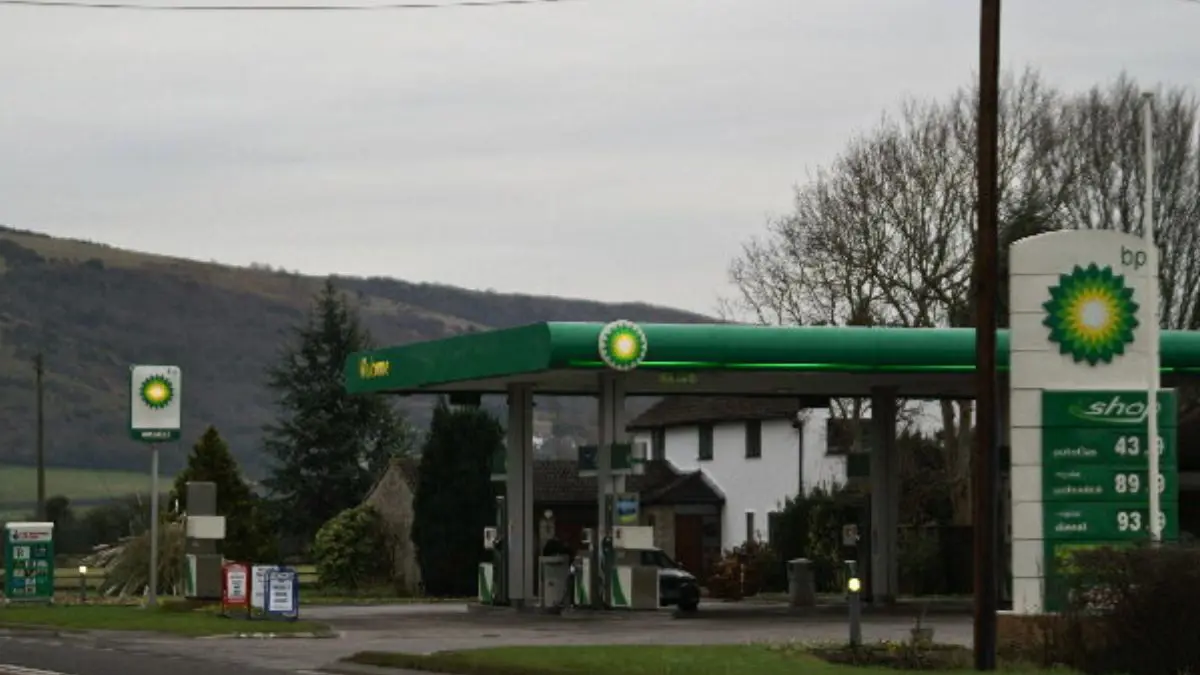BP Eyes 44% boost in oil production from India’s largest field, says ONGC
09 Jan 2025

India’s largest oil and gas field, located off the country’s west coast, is set for a major output surge, as energy giant BP commits to ramping up oil production by 44% and gas output by a staggering 89%. This development comes under a decade-long contract, according to the Oil and Natural Gas Corporation (ONGC), the operator of the block.
On Wednesday, ONGC named BP as its technical service provider, tasking the global energy leader with deploying cutting-edge recovery technologies to enhance production. The baseline crude output from the Mumbai High field currently stands at 45.47 million metric tons, while gas production is at 70.40 billion cubic meters (BCM). BP’s projections target an increase in oil production to 65.41 million tons and gas output to 112.63 BCM, signaling a transformative leap for India’s energy landscape.
The Mumbai High field, discovered in 1974, has been a cornerstone of India’s energy sector but faced challenges as a mature reservoir. BP’s expertise in advanced recovery techniques and reservoir management is expected to revitalize the field, with Shell also vying for the tender but falling short.
National energy ambitions
As the world’s third-largest oil importer, India has long sought to reduce its dependence on imports by boosting domestic production. ONGC’s initiative aligns with this goal, as the increase in output is expected to begin in the fiscal year starting April 1, 2025. Full-scale production visibility is anticipated by 2027-28.
The economic benefits are significant. Incremental oil and gas production could generate up to $10.30 billion in additional revenue for India, with royalties, cess, and other levies contributing another $5 billion to government coffers.
BP will initially receive a fixed fee for its services during the first two years. Afterward, it will earn a share of the net incremental production revenue, post-recovery of costs. This performance-linked arrangement underscores the collaborative approach between ONGC and BP in maximizing returns from the field.
The Mumbai High field once reached peak oil production of 471,000 barrels per day in March 1985. However, by April 2024, output had dropped to approximately 134,000 bpd, reflecting the challenges of aging infrastructure and reservoir depletion. BP’s involvement is poised to reverse this trend and restore the field to higher productivity.
This collaboration marks a critical step in India’s journey toward energy self-sufficiency, leveraging global expertise to unlock the untapped potential of its largest oil and gas field.
FAQs
1. What are the key production targets under this contract?
BP aims to increase crude oil production by 44% to 65.41 million metric tons and gas output by 89% to 112.63 billion cubic meters (BCM) over the duration of the project.
2. Why is BP involved in the Mumbai High field?
BP has been chosen as ONGC’s technical service provider to bring advanced recovery technologies and expertise in managing mature reservoirs to boost production from this aging asset.
3. How will this project benefit India’s economy?
The project is expected to generate an additional $10.30 billion in oil and gas revenue and contribute up to $5 billion in royalties, cess, and other levies to the Indian government.
4. When will the increased production begin?
The incremental production is expected to start in the fiscal year beginning April 1, 2025, with full-scale production visible by 2027-28.
5. What is the revenue-sharing model for BP?
BP will receive a fixed fee for the first two years. After that, it will earn a service fee based on a percentage of the revenue from net incremental production, post-recovery of costs.
6. How has the Mumbai High field performed historically?
At its peak in March 1985, the field produced 471,000 barrels of oil per day. However, output has declined over the years, reaching approximately 134,000 barrels per day in April 2024.
7. Why is this project significant for India?
India is the world’s third-largest oil importer and aims to boost domestic production to reduce its reliance on imports. This project supports the country’s energy security goals while leveraging global expertise.
8. What technologies will BP use to boost production?
BP will deploy advanced recovery techniques and reservoir management strategies to enhance output from the aging Mumbai High field.
9. Was any other company involved in the bidding process?
Yes, energy major Shell also participated in the tender but was not selected as ONGC’s technical service provider.
